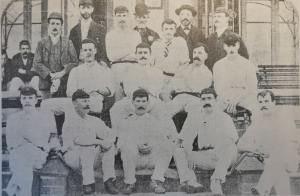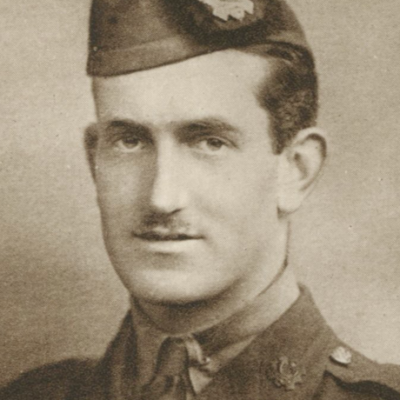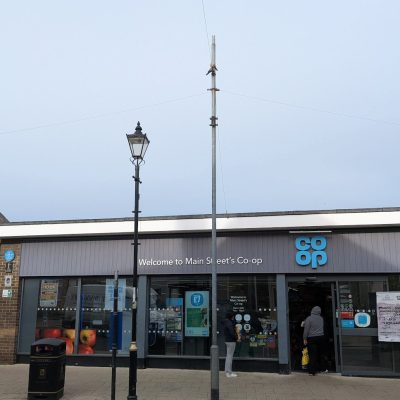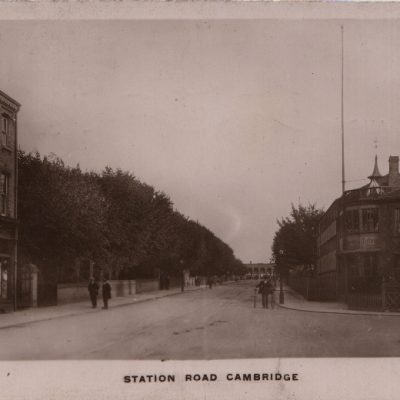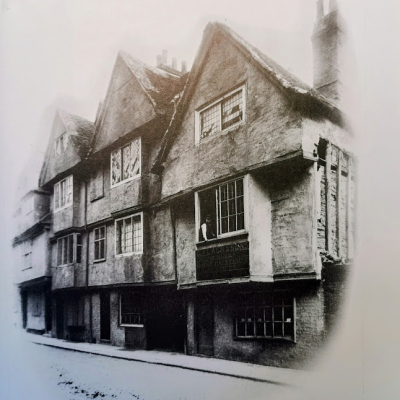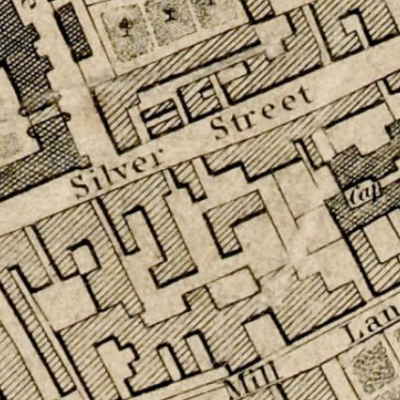Search by topic
- archaeology
- Building of Local Interest
- chapel
- charity
- church
- crime
- dressmaker
- fire
- Great Eastern Railway
- Listed building
- Mapping Relief
- medieval
- oral history
- poverty
- Public House
- Religious House
- Roman
- scholar
- school
- Then and Now
- tudor
- women
- work
- world war one
- world war two
Search by text
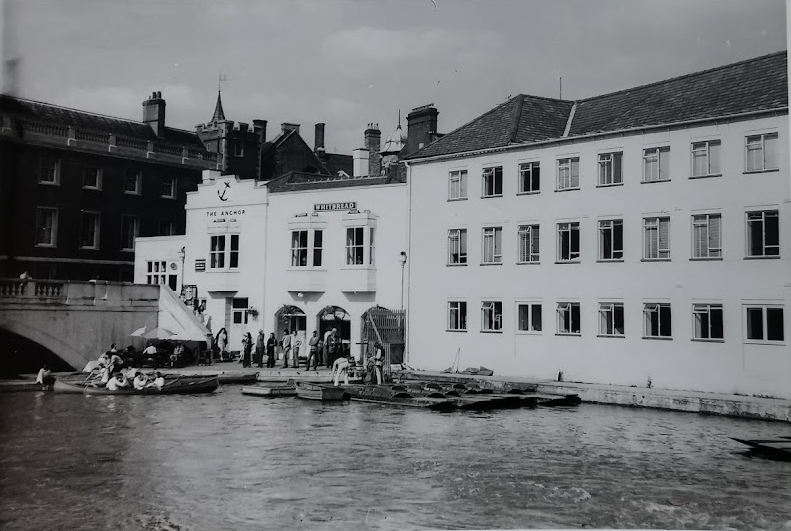 The Anchor (MoC272.71)
The Anchor (MoC272.71)13 Silver Street, The Anchor
History of 13 Silver Street
1851
Edward Newman, head, 50, publican and milkman, b Bourne
Frederick Samuel, head, 25, miller, b Cambridge
1872
pub first licensed
George Jarvis proprietor, also bricklayer, builder and boat proprietor.
In this group are H Carpenter, Tom Hayward, J C Hobbs, G Watts and J O’Connor
???
Dolbys
According to ‘The Cambridge Nobody Knows’, 1977 by F A Reeve, the boatyard at the Anchor Inn was once the only one in the district, and when it was owned by Mrs Robson, who later married Dolby, no boats were ever let out on Sundays.
The manager of the Anchor boatyard, Mr Prime who lived in Mill Lane, was the man to introduce punts in Cambridge after he had seen them being used for racing in Henley.
1954
The Cambridge Ghost Book, Halliday and Murdie, 2000, records that in 1954 there was a sighting of a ghost in Silver Street close to the Anchor. A student from Queens’ College followed the figure of an old man with long thinning hair and a morning coat. When the student was within two paces of the figure it disappeared. He then wrote a detailed account of the experience which he sent to the Society for Psychical Research. The Society president, Frederick Stratton, University Professor of Astrophysics was convinced of the sincerity of the account.
2021 The Anchor
Contribute
Do you have any information about the people or places in this article? If so, then please let us know using the Contact page or by emailing capturingcambridge@
License
This work is licensed under CC BY-NC-SA 4.0





